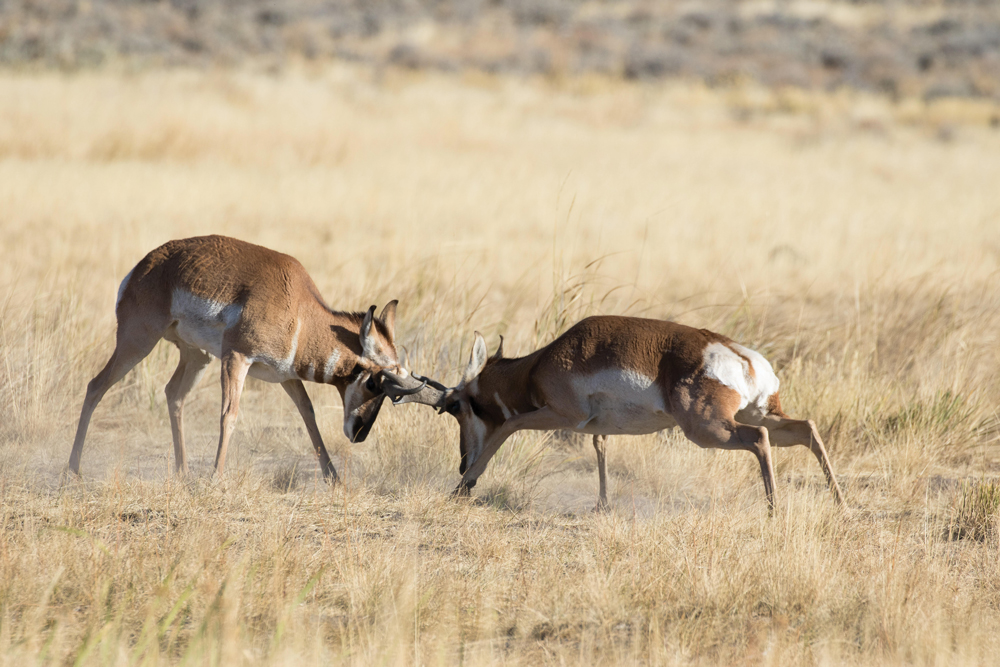Taking Refuge
Fall 2022
Discover designated places where the wild things are.
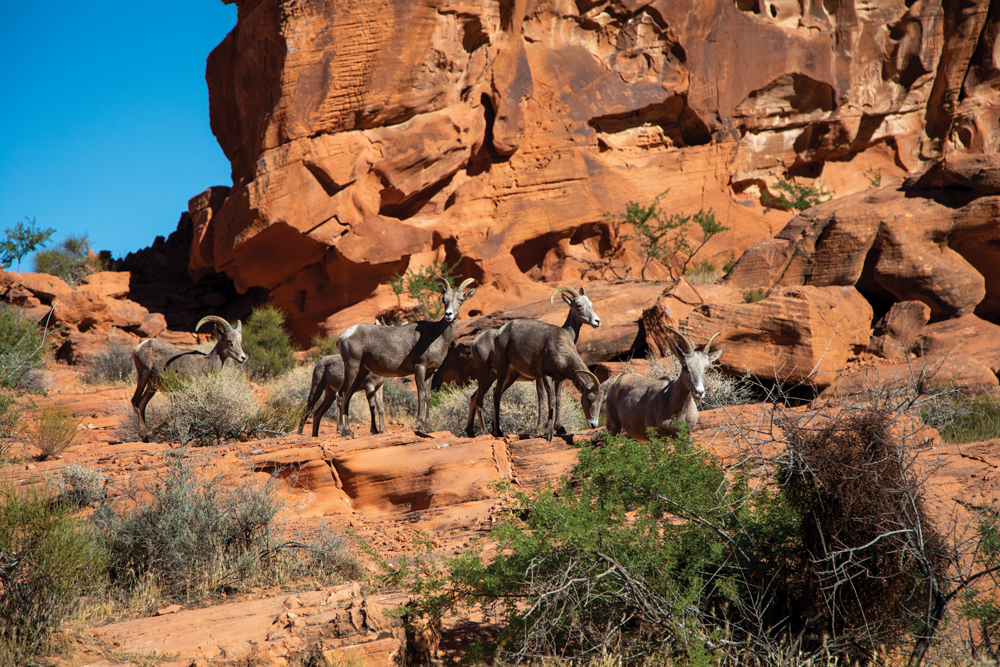
The Silver State is home to some of the largest national wildlife refuges (NWR) in the U.S., providing dozens of specialized habitats for a collection of animals, birds, and reptiles. From the raptors and other migratory birds that soar over Nevada each year to a sanctuary so special it saved the pronghorn antelope entirely, check out this lineup of where to find some wildlife during your time in Nevada.
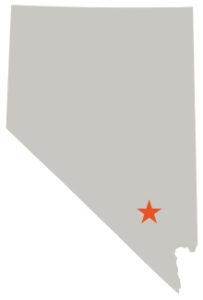 Desert National Wildlife Refuge
Desert National Wildlife Refuge
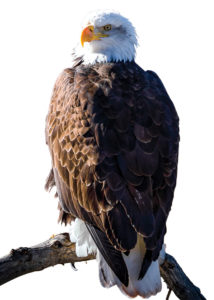
Desert NWR hugs the Nevada National Security Site just north of Las Vegas. As the largest wildlife refuge outside Alaska, it contains six major mountain ranges and seven distinct life zones. This area was specifically established to protect the desert bighorn sheep and remains its largest habitat anywhere on Earth.
The massive Desert NWR complex is comprised of several smaller refuges in southern Nevada: Ash Meadows, Moapa Valley, and Pahranagat National Wildlife Refuges. While desert bighorns roam freely within the entire four-part complex, some of the best places to spot these curvy horned sheep is within Valley of Fire State Park and along the outskirts of Lake Mead. While you’re exploring, keep an eye out for the desert tortoise—if you spot some tiny baby fences off the highway, those are for them—and other reptiles, including leopard lizards and horny toads.
Ash Meadows and Moapa Valley NWR are home to numerous ancient fish species. Millions of years ago, Nevada was covered with water. As temperatures warmed, water levels receded, leaving thousands of separate pools across the landscape. Though they may have been the same species at one time, each pool allowed the fish within to evolve differently, creating dozens of subspecies found nowhere else. The rarest of the bunch, the mysterious Devils Hole desert pupfish, lives at Ash Meadows NWR. At the Moapa Valley NWR, thermal springs create a habitat for the Moapa dace, White River springfish, and more.

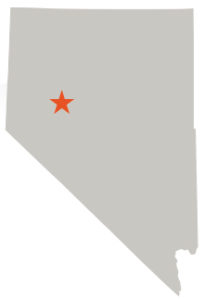 Stillwater National Wildlife Refuge
Stillwater National Wildlife Refuge
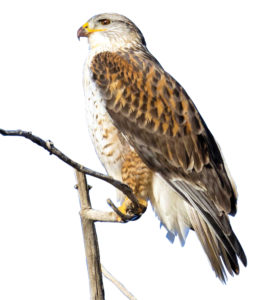
If you’re a nerd for birds, do some watching at northern Nevada’s Stillwater NWR. Located on the outskirts of Fallon, the refuge is an international birder destination due to the 280 species of birds that can be found here on any given day. Hundreds of thousands of shorebirds also migrate through the area each year. The wetlands at the Stillwater Complex attract a quarter million waterfowl, along with more than 20,000 water birds and shorebirds.
The complex is made up of Stillwater’s marshlands, along with Fallon and Anaho Island NWR, each offering pristine sanctuaries for birds of all kinds. Fallon National Wildlife Refuge provides perfect breeding grounds for birds and other wildlife, while Anaho Island—located on Pyramid Lake—is an undisturbed (and closed to the public) breeding ground for the American White Pelican.
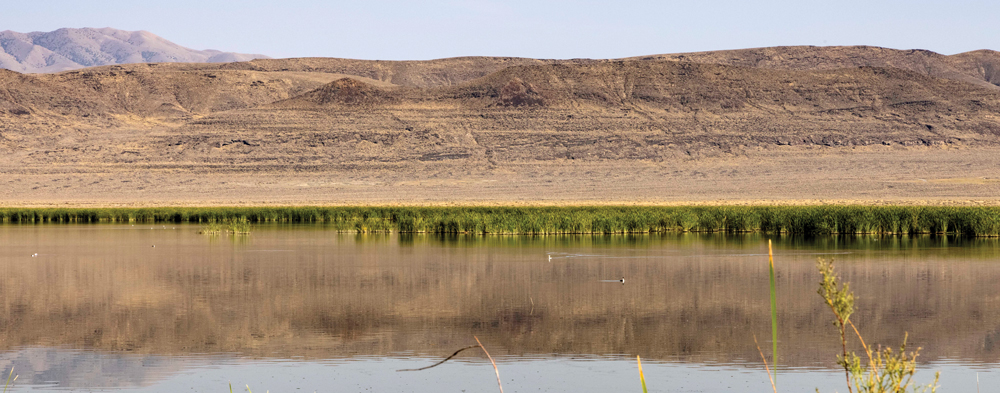
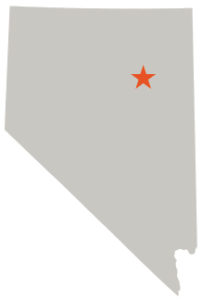 Ruby Lake National Wildlife Refuge
Ruby Lake National Wildlife Refuge
The Silver State is home not just to the nation’s largest wildlife refuges, but also some of the most diverse and remote. Nestled against the spectacular Ruby Mountains in northeastern Nevada is Ruby Lake NWR, important for its seclusion and assortment of creatures not normally found in the high desert terrain. Its centerpiece, Ruby Lake, is a massive oasis of marshy wetlands in an otherwise dry valley.
Sprawling more than 360,000 acres, Ruby Lake’s shallow, spring-fed marshes stretch 16 miles long and 3 miles across, holding six different species of trout and the largest concentration of nesting canvasbacks in North America. This unusually lush, vibrant habitat lies along the Pacific and Central Flyways, attracting trumpeter swans, greater sandhill cranes, and nearly 220 species of other birds, along with such wildlife as mule deer, pronghorn antelope, and sage grouse.
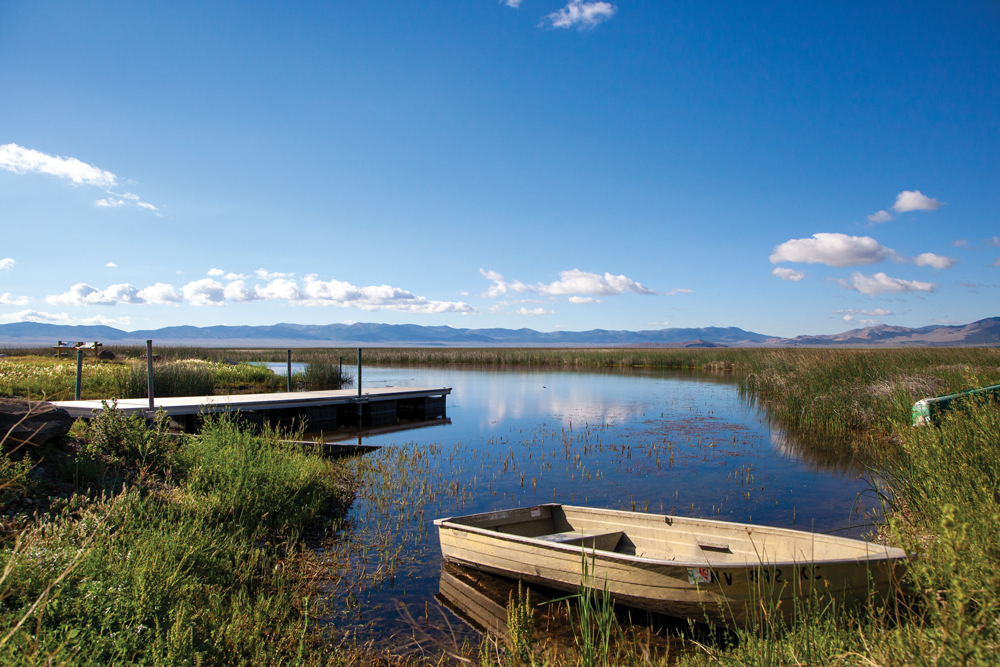
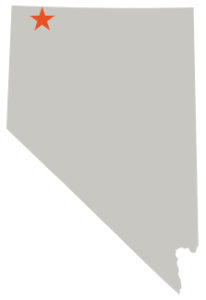 Sheldon National Wildlife Refuge
Sheldon National Wildlife Refuge
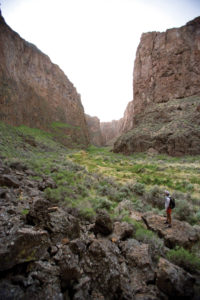
The fastest land animal on the continent is alive and thriving, thanks to Nevada’s unusual landscapes and unwavering conservation efforts. The seldomly-trafficked northwestern Nevada landscape made for the perfect place to save the American antelope—otherwise known as the pronghorn antelope—which dwindled to near extinction in the 1930s. The Sheldon NWR was established shortly thereafter, and pronghorn antelope have been racing across the Great Basin ever since. About 3,500 live inside Sheldon, and more than 30,000 can be found statewide.
The pronghorn antelope can reach speeds up to 60 miles per hour—only slightly slower than a cheetah. However, their disproportionately large hearts, lungs, and windpipes give them a stellar respiratory and circulatory system, boosting endurance and enabling them to maintain high speeds for long periods of time with their 22-foot strides. Keep an eye out for their white hindquarters—that stand out against Nevada’s topography.
